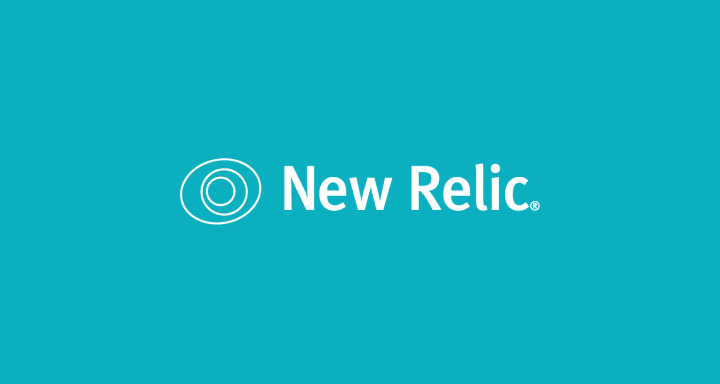

For example, let's imagine a developer performed a production deployment using Harness at 3 pm on a Friday.
#NEW RELIC TIMESLICE CODE#
The final part of 24x7 Service Guard is its ability to automatically roll back code changes (if needed) when the developer isn't looking.

Sounds simple, but it's extremely powerful. It also allows them to take a shortcut to the root cause in just a few clicks. This capability gives developers a unified view of their monitoring tools/data. We can see below that the transaction /online/Payment is experiencing high response times:Ģ4x7 Service Guard will do the same for all your favorite APM and Log tools. With 24x7 Service Guard, developers can drill down beyond traffic lights into the business impact of a service in one click.įor example, if we click on the red time-slice highlighted below, we immediately see the business transactions in AppDynamics that are impacted along with related anomalies/regressions highlighted in red. Traffic lights are an easy way to understand service health at a high level.
#NEW RELIC TIMESLICE FULL#
It will also show and correlate any deployments so users get full operational visibility. Users can select from several time resolutions: 12 hours, 1 day, 7 days, and 30 days.īased on the data that 24x7 Service Guard observes from each monitoring tool, it will paint a heat map of service health for each time slice square. I haven't even gotten to the best bits yet. Excuse me for a second, but that's pretty badass. You will see the same view for every application and environment you enable 24x7 Service Guard for.Īt a glance, developers can now observe the health of any service in any environment for any monitoring tool in seconds. We can see above that 24x7 Service Guard is protecting the Web Online Application and is observing 4 monitoring sources (AppDynamics, Datadog, Splunk, and Prometheus) for the production environment.
#NEW RELIC TIMESLICE VERIFICATION#
Once set up, click on the top Continuous Verification navigation tab and you'll see something like this: Next, for each application in Harness, add the verifications you want for each environment (dev, QA, staging, production) and Harness will figure out the rest. Simply add one or more of your monitoring tools to Harness in minutes by registering your tools' URL, API/Webhook, and login credentials. Unifying APM, Log, and Observability Data Harness uses Harness for Continuous Delivery so we've been battle testing 24x7 Service Guard for some time, and refining its accuracy for several weeks. Watch this webinar if you want a tech deep dive on our AI/ML. We're still using the core algorithms such as Symbolic Aggregate Representation (SAX) and Hidden Markov-Models, but we're also applying entropy and several new neural nets so we can continuously learn and detect the unknown unknowns as well as reduce the false positives. However, we've modified our unsupervised machine learning significantly to scale for 24x7 data streams. Like Continuous Verification, our 24x7 Service Guard sits on top of all your APM, monitoring, and log tools. We want to give developers total operational visibility of their production apps across all tools, and protect them when they weren't looking. Catching post-deployment issues and tool fatigue are why we created the 24x7 Service Guard. Unifying these data sets is a huge challenge for developers and teams. In a microservices world, a customer could have tens of microservices with tens of different monitoring tools, logs, and instrumentation. They had one of everything to monitor different aspects of their application. Sometimes deployments are done out-of-hours when minimal traffic is using the app, or specific functionality in the app might not be accessed or stressed immediately by users.Īt the same time, our customers were struggling with monitoring tool fatigue. This capability was great at catching two thirds of performance anomalies and/or quality regressions because most applications fail within minutes of deployment.Ģ4x7 Service Guard was created to catch the anomalies/regressions that surfaced many hours after a new deployment. Customers could customize this verification duration but it was always finite in scope. Our initial Continuous Verification was focused on deployments or canary phases, analyzing the performance/quality of new code during the first 15-20 minutes of its life.


 0 kommentar(er)
0 kommentar(er)
